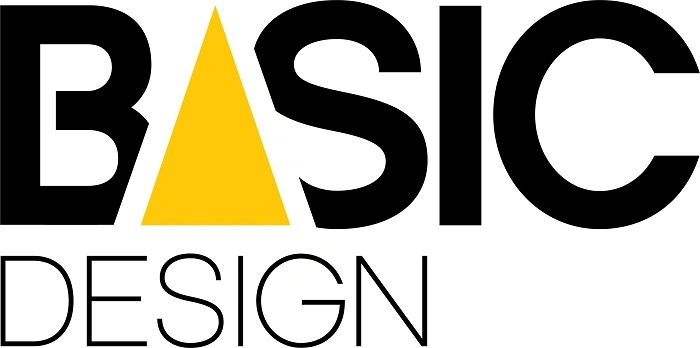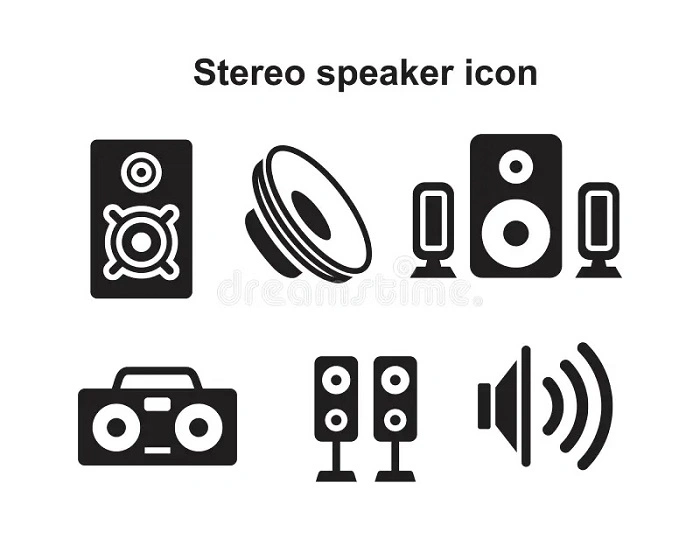Look at your phone right now. See that tiny cone with wavy lines? That’s the speaker symbol. You tap it all the time. Maybe without thinking.
It turns the sound on. Or off. Changes how loud things are. Even shows where sound comes from.
But wait. Why does it look like that? Who made it? How come every device uses it? This symbol isn’t random. It has meaning. And history. And logic.
Let’s dig in. What’s this symbol really about? Where do you find it? Why is it everywhere?
What Is the Speaker Symbol
The speaker symbol is a tiny picture. It shows sound. Looks like a cone, right? With curved lines next to it. Those lines mean sound waves.
When you see it:
• Sound is on
• Sound is off (with a line through it)
• You can change volume
• You can pick where sound goes
It’s the sign for anything with sound. Movies. Songs. Calls. That symbol guides you.
The Basic Design
The symbol is simple but smart. It has:
• A cone shape (the speaker)
• One to three curved lines (sound waves)
• Sometimes a cross or line (mute)
Each part means something:
• No lines = quiet or muted
• One line = soft sound
• Two or three lines = loud sound
People made it this way so you’d get it fast. No words needed.
Where the Symbol Came From
The idea came from real speakers. Old speakers looked like cones or megaphones. They pushed air to make a sound.
Early computer folks needed a tiny image for sound control. So they drew a cone and added curved lines. Perfect for small screens. And it stuck.
Phones kept it. Cars kept it. TVs kept it. Why? Everyone already knew it. It became the world’s standard.
The Speaker Symbol on Computers
On your computer, look at the bottom corner. See it? Click it. A slider pops up.
Here’s what it does:
• Click once to mute or unmute
• Drag to change volume
• Right-click for more settings
When muted, a cross appears. When loud, waves show up. Some even change wave numbers to show how loud.
Tiny tool, but it controls every beep, song, and alert.
The Speaker Symbol on Phones
On phones, it’s everywhere.
You see it when you:
• Play videos or music
• Take calls (switch to speakerphone)
• Change ringtone volume
• Use Bluetooth speakers
During calls, tap it to go hands-free. Watching videos? It’s right there. Simple and quick.
The Mute Version
The muted speaker is common. Speaker with a line through it or a cross beside it.
That means no sound. No waves. Sometimes it even says “muted.”
Super important for meetings or video calls. When it shows up, others can’t hear you.
The Speaker Symbol in Cars
New cars have it too. On dashboards, steering wheels, and touch screens.
It controls:
• Music volume
• GPS voice
• Phone calls
• Beeps and warnings
Cars with voice helpers let you tap it to change speech volume or mute sounds.
The Symbol in Audio Devices
Every sound device uses it. Speakers, headphones, microphones, even hearing aids.
Bluetooth speakers light it up when paired. Headphones show it on your phone.
It’s so common that you don’t notice it, but it keeps sound easy.
How It Helps People Hear Better
The symbol helps people with hearing issues. Many systems use it for special audio.
Like:
• Turning mono audio on or off
• Fixing left and right balance
• Linking to hearing aids
You’ll find it in accessibility menus, making sound work for everyone.
The Symbol in Apps and Websites
YouTube uses it. Spotify too. Zoom and games as well.
YouTube controls video sound.
Spotify changes music volume.
Zoom mutes your mic.
Same design everywhere, so you know what to do. It’s one of the most known icons ever.
The Symbol in Alerts
Change your sound mode and the symbol pops up:
• No waves = silent
• One wave = quiet
• Three waves = loud
Sometimes it sits next to alerts to remind you whether sound is on or off.
The Symbol in Music Players
Music apps do more with it:
• Control volume
• Balance left and right
• Mute certain tracks
In editing tools, click it to solo a track or mute it. Listen to one sound, not the others.
How It Looks on Different Systems
The idea stays the same, but looks change:
• Windows: simple gray cone
• Mac: sleek and curved
• Android: flat with waves
• iPhone: round with soft waves
But the meaning never changes. Cone plus waves equals sound.
Also Read: Flight Symbol: What It Means and How to Type It
The Science Behind It
Those curved lines aren’t random. They show how sound travels.
Speakers push air and make waves. Waves spread out. More waves in the symbol mean louder sound.
One wave means quiet. Three waves means loud. It’s science made simple.
Why Designers Love It
Designers love this symbol because it’s universal. No translation needed. Someone in Japan, Germany, or Bangladesh understands it right away.
It’s simple, balanced, and fits tiny spaces. Looks good in black, white, or color. That’s why it’s on everything.
The Symbol in Learning
Schools use it. Learning apps too. It means “play audio” or “hear this word.”
Language apps like Duolingo use it. Click the speaker to hear the word. Students know right away.
Easy way to add sound. No words needed.
The Symbol in Public Places
Airports have it. Museums too. It shows where announcements play or where audio guides work.
ATMs and ticket machines use it for voice help. Sometimes with a headphone icon for private sound.
Modern Design Trends
Today’s icons are simpler. Clean lines, fewer curves, and soft edges.
Many use minimal versions, just a triangle and one curved line. Keeps screens clean but still clear.
Dark mode makes it white. Light mode makes it black. Either way, you know it means sound.
How It Connects Devices
See the speaker with an arrow or a device next to it? That’s for picking where sound goes:
• Bluetooth speakers
• Headphones
• TVs
• Smart displays
This version lets you choose, like a sound traffic cop.
The Symbol and How We Act
Good symbols don’t make you think. This is one of them.
See it? You know what to do:
• Tap to hear
• Tap to stop
Simple, fast, and natural. That’s why it hasn’t changed for decades.
The speaker symbol looks small, but it runs our sound world, music, calls, videos, meetings.
It’s the bridge between quiet and noise, between your voice and digital sound.
From old radios to new phones, the meaning stayed the same. A cone for sound, waves for volume.
Next time you tap it, think about its power. It’s not just a button. It’s the world’s sound language, simple, clear, and universal.



